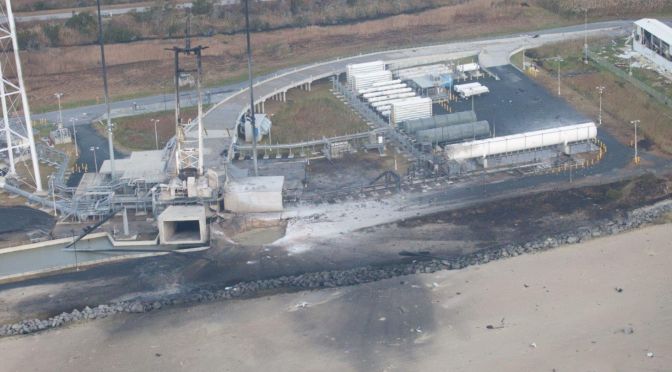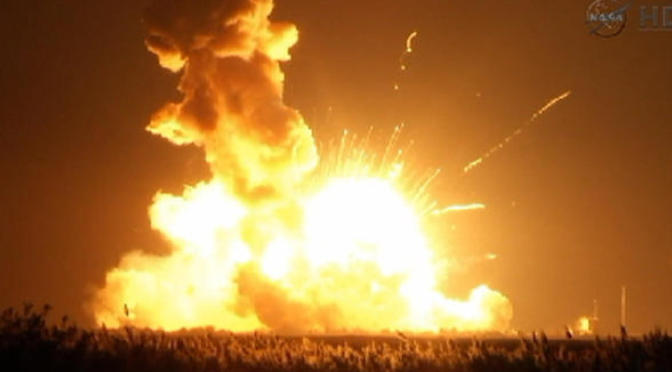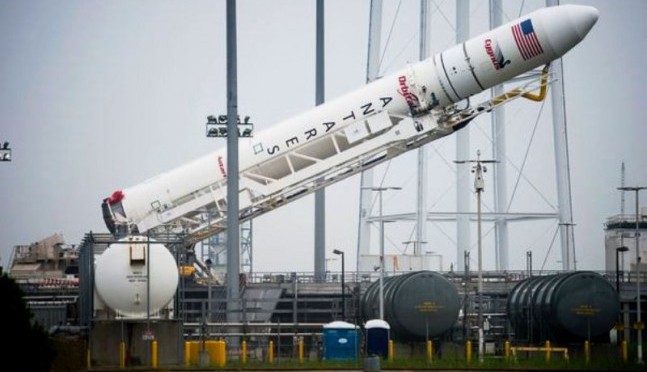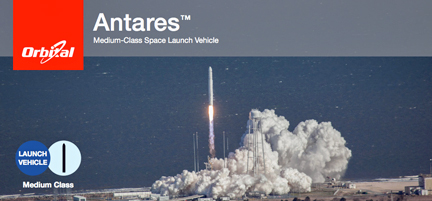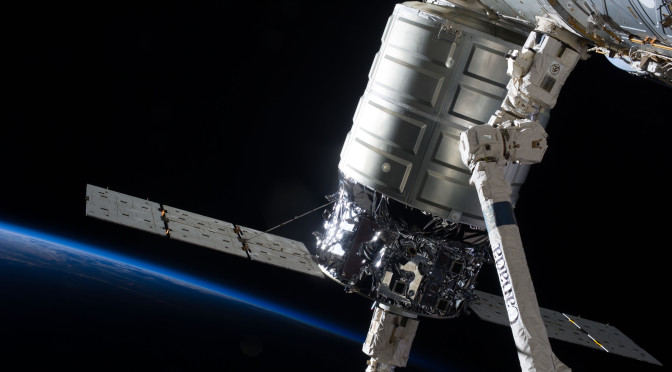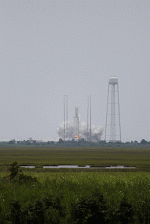The October explosion of the Orbital Science ORB-3 resupply mission rocket destined to the International Space Station caused an estimated $20 million damage to Mid-Atlantic Regional Spaceport’s (MARS for short) pad 0A. It was not clear where the funding would come from to repair the damage. The state Virginia had stated that they did not have the budget to cover the expense.
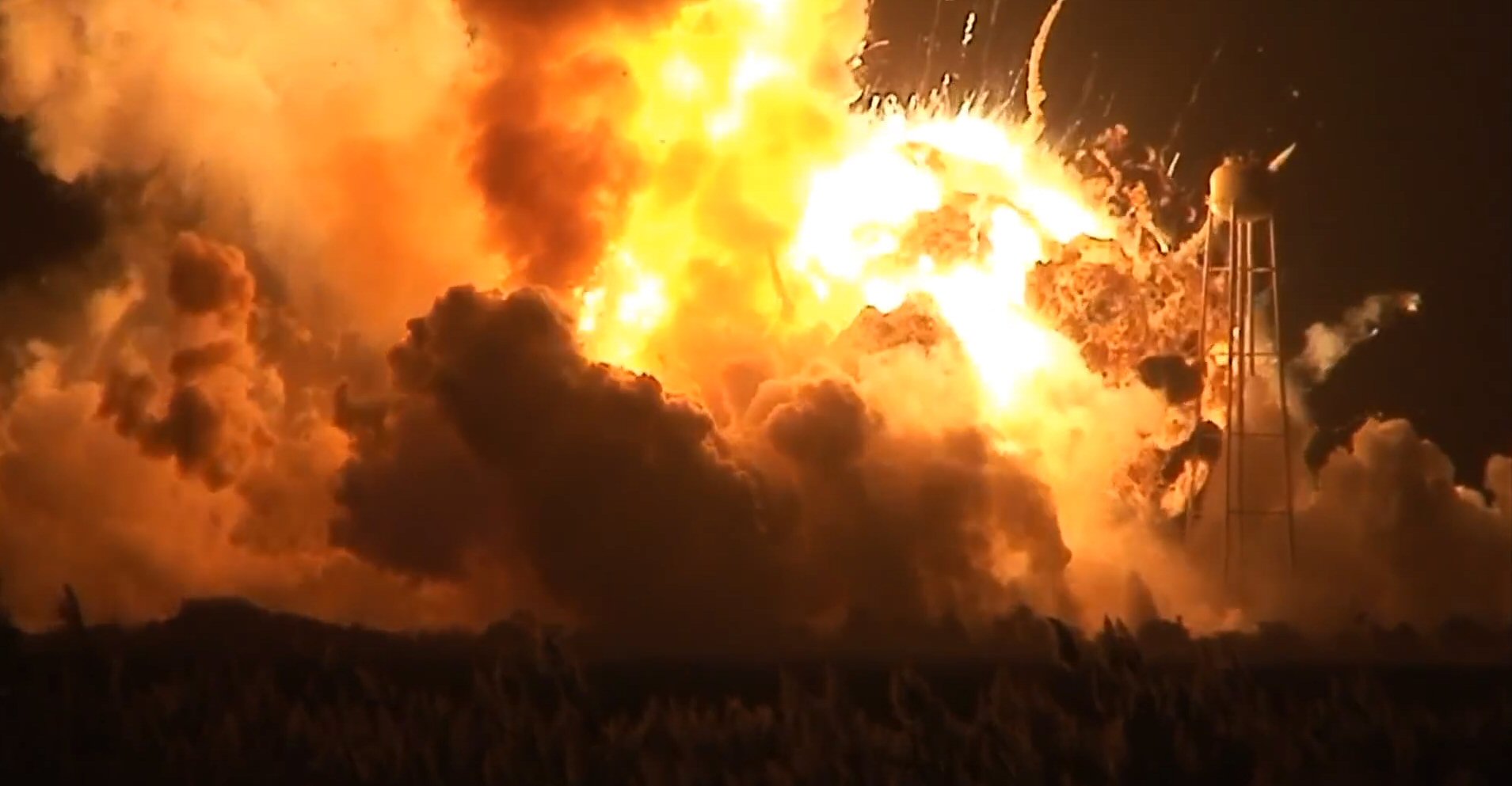
Included in the 1.1 trillion Federal spending bill passed by the House last night (12/11/2014) was the $20 million to cover the pad damage. The Senate is to vote on the bill as early as Friday. NASA’s overall budget will be increased by 2% to $18 billion next year, that is a $364 million increase over current levels.
Rep. Scott Rigell, R-2nd, also worked with the Mid-Atlantic Regional Spaceport and the House Appropriations Committee to secure funding in the bill to restore the launch pad, according to his press secretary, Kaylin Minton.
Rigell represents Virginia’s Eastern Shore, where Wallops is located. Minton called the Wallops facility “a world-class operation and a critical component for continued space exploration.”
“These funds will help ensure that future scheduled launches will remain as planned and that commercial spaceflight maintains its economic presence on Virginia’s Eastern Shore at NASA Wallops” reported by Richmond Times-Dispatch (Twitter@mmartzRTD)
Democratic senators Mark Warner and Tim Kaine announced Thursday they’d sought the spending provision in an effort to help the Mid-Atlantic Regional Spaceport, known as MARS, “rebound” from that catastrophic launch failure. MARS is located at the NASA Wallops Flight Facility on the Eastern Shore.
“The Wallops Flight Facility is a key asset to Virginia that will continue to play a major role in the future of NASA and space exploration,” Warner and Kaine said in a joint statement on their funding efforts. “We are proud of our work with partners in the House and across the aisle to secure $20 million in federal funding that will help Wallops Island rebound from the launch failure this fall. The Wallops Flight Facility is a key asset to Virginia that will continue to play a major role in the future of NASA and space exploration. We especially want to thank Maryland Sen. Barbara Mikulski, the Appropriations chair, who has been a key supporter and advocate of NASA and the Wallops facility.”
Lynwood W. Lewis, Jr. (a Democratic member of the Virginia State Senate, representing District 6), released the following statement:
“The announcement that the compromise spending Bill expected to be voted on and passed by Congress this week contains $20 million in Federal funding for repairs to the Mid-Atlantic Regional Spaceport is great news. It clearly indicates the importance of our Wallops Island launch facility to the future of commercial space launches.
I want to thank Senator Warner, Senator Kaine and Congressman Rigell for all of their hard work to include this funding in the compromise Bill.
This is especially good news in light of Orbital’s announcement earlier this week that while it must launch from Cape Canaveral until the Wallops Island launch facility is repaired, they fully intend to resume launches at Wallops with their new engine in 2016.,
I will continue to work in the General Assembly to make Virginia a leader in commercial space launches.”
